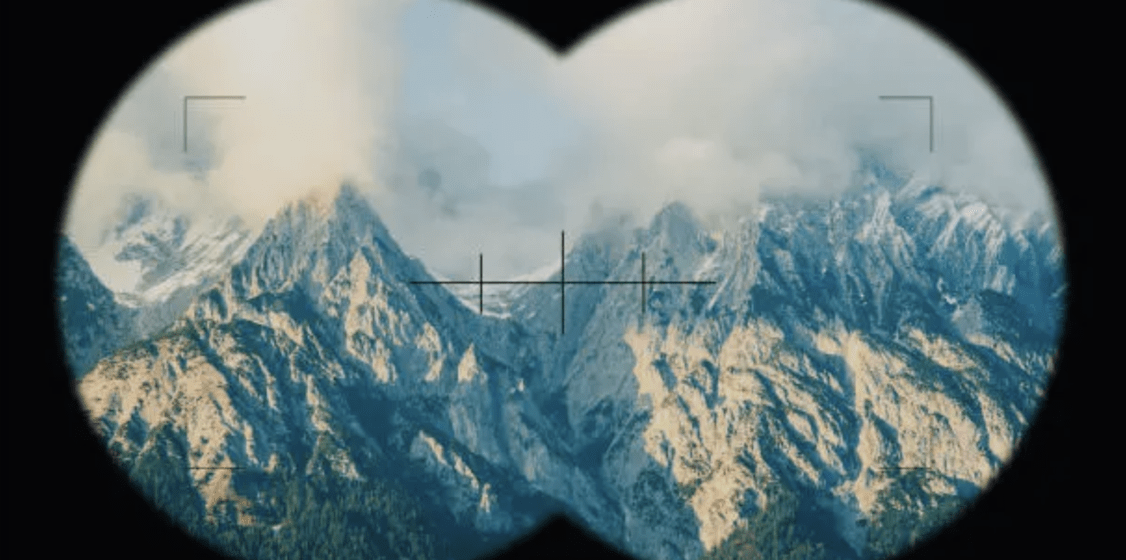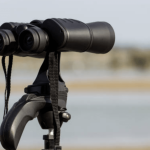Binoculars play a crucial role in activities like bird watching and stargazing. One key factor determining their performance is magnification. In this article, we’ll explore the intricacies of magnification, helping you find the ideal balance when choosing the best magnification for binoculars for different activities.
Magnification Power: What do the numbers mean?
Magnification, denoted by a number followed by “x,” indicates how much closer an object appears compared to the human eye. An “8x” pair magnifies eight times, while a “10x” pair does so ten times. Zoom binoculars offer a range, like 30-160x, providing adjustable power.
Low vs High Magnification Binoculars
Opt for low magnification (e.g., 7x) for a wider field of view and enhanced stability, ideal for bird watching. Higher magnification (e.g., 12x) brings distant details closer, perfect for astronomy but with a narrower view and sensitivity to hand movements.
Zoom Binoculars
Zoom binoculars offer flexibility but may compromise image quality at higher levels. Consider the trade-off between flexibility and a crisp image.
Objective Lens Diameter
The second number in specifications (e.g., 8x42) represents the objective lens diameter. A larger objective lens increases the amount of bright light captured by the binoculars and provides a brighter image. For example, a 42mm objective lens lets in four times more light than a 21mm lens as it has four times the surface area.
Larger objective lenses are great for optics in low-light conditions such as astronomy; however, big lens sizes (e.g., 100mm) often require tripods.
- Standard Sized Binoculars (42mm): Most binoculars of this size provide a well-rounded solution, balancing size and light-gathering capabilities for versatile use.
- Mid-Sized Binoculars (30mm to 32mm): Considered mid-sized, prioritizing portability over extreme light-gathering capacity. Suitable for daytime use but may not be optimal in very low-light conditions.
- Compact Binoculars (18-28mm): Emphasizing ease of carrying and portability, these binoculars are suited for activities like hiking, camping, outdoor sporting events, and walking safaris. They excel in good lighting conditions.
Stability
Balance magnification with stability to avoid image shake. Modern binoculars may have image stabilization technology for a smoother experience. Consider image quality for a clearer view.
Field of View
Field of view decreases as magnification increases. For bird watching, choose wider views for spotting elusive birds quickly.
Exit Pupil Diameter
Calculated by dividing the objective lens diameter by magnification, exit pupil influences how much light reaches your eyes. Adjust it based on lighting conditions for the best visual experience.
What is the Best Magnification for Binoculars?
Bird Watching Binoculars (8x-10x)
Optical devices with the right magnification for birding, offer a balance between magnification and a broad field of view, capturing intricate details.
Star Gazing Binoculars (Exceeding 10x)
For the best binoculars for astronomy, choose binoculars with higher magnifications, exceeding 10x, complemented by a larger objective lens for detailed stargazing.
Sports Events Binoculars (7x-8x)
Choose binoculars with lower magnifications to provide a broader field of view, ideal for capturing fast-paced sports or concert action while maintaining stability.
Video: Understanding Magnification
Frequently Asked Questions
What is the best magnification for distance in binoculars?
A: Lower magnification, around 7x to 10x, are ideal for observing distant objects, providing a balance between detail and stability. This is particularly crucial for activities like wildlife observation where spotting a distant object is essential.
Which is better 10×42 or 10×50?
These standard binoculars offer the same magnification but different objective lens sizes. 10×42 offers portability, while 10×50 captures more light, providing a brighter image in low-light conditions. For bird watchers who often observe in less light, the brighter view of 10×50 binoculars might be advantageous.
What is the most powerful binocular?
The most powerful binoculars can exceed 30x magnification, but they often require stability equipment and may sacrifice field of view. Users seeking the best pair of powerful binoculars for long-range observation should be mindful of potential image wobble.
How far can 20×50 binoculars see?
The visibility with 20×50 binoculars depends on various factors, including atmospheric conditions, but they can enhance details over longer distances.
What is the most popular magnification for binoculars?
Standard binocular magnifications between 8x and 10x are popular as they offer versatility for various activities, including bird spotting and sports events. Many binocular enthusiasts find this range strikes the right balance between close range viewing with more detail and maintaining image brightness. Consider these factors when deciding to buy binoculars for your specific needs.



